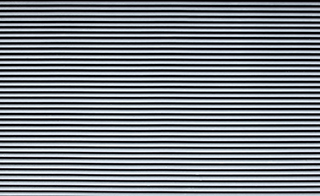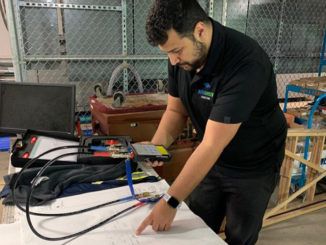By Norm Grusnick, P.Eng. • ECCO Supply

Even the most robust HVAC system cannot control all airflows and completely prevent dissemination of an infectious aerosol or disease transmission by droplets or aerosols. An HVAC system’s impact will depend on source location, strength of source, distribution of the released aerosol, air distribution, and filtration. Furthermore, there are multiple modes and circumstances under which disease transmission occurs. Thus, strategies for prevention and risk mitigation require that all stakeholders collaborate in the design process.
With the arrival of the COVID-19 pandemic, building managers and HVAC designers have been challenged with providing a comfortable indoor environment that is as safe as possible for the occupants. A recently published document from ASHRAE offers several strategies for the design and operation of HVAC systems that may reduce infectious aerosol transmission. Among the strategies identified, increasing outside air ventilation and running HVAC systems longer are suggestions for outdoor air dilution and replacement.

For systems that use in-take louvres, increased airflow and longer operation cycles could increase water penetration through existing louvres, causing building damage and indoor air quality issues. Retrofitting with more efficient louvres might be a consideration. For new systems, proper louvre selection is vital in designing an effective HVAC system.
Wind-driven rain-resistant louvres provide superior rain protection making them the best choice for new system designs and retrofits. AMCA 500-L Wind-Driven Rain Class A rated louvres allow only a few ounces of water penetration in an hour vs. several gallons through a traditional drainable louvre in storm conditions.
Wind-driven rain-resistant louvres are available in horizontal and vertical blade models. Horizontal models can often be sized comparably to traditional louvres for a given airflow with similar pressure drop and high rain rejection effectiveness. Vertical blade models that provide the best rain resistance usually handle the highest air volumes through a given size. For the most demanding applications, AMCA-550 compliant models are available providing 99 percent rain rejection.
Providing constant airflow and outside air circulation while keeping water out of a building reduces damage and limits mold and dampness, both of which are proven to be negative contributors to indoor air quality. Referencing ASHRAE’s Position Document on Infectious Aerosols, additional moisture in the air system can propagate infection. Specifying louvres made by manufacturers that subscribe to AMCA Certified Ratings is highly recommended for all louvre applications. ■



